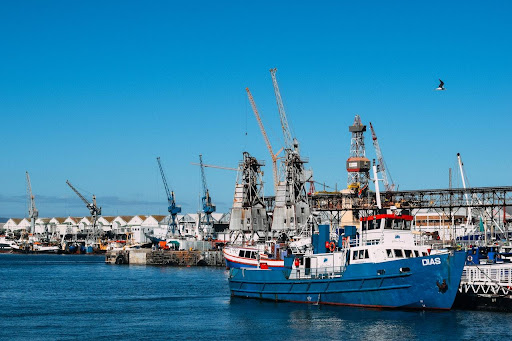Travel
Boat Hulls to Boogey Boards – Composite Materials

Dubbed the “backbone of global trade” by the United Nations, the marine industry is responsible for transporting and delivering more than 95% of global trade by volume, almost 11 billion tons per year. In other words, there is no overstating the crucial role marine equipment plays in our everyday lives, even if we’re not aware of it.
But the effects of wind, waves, and tides expose parts and structures used in the marine environment to significant strains. They must endure harsh environmental conditions throughout their lifespans, not to mention being completely submerged in saltwater. This is why innovations were necessary to replace steel components in marine equipment and how the marine industry became one of the foremost applications of composite materials.
The advantages of polymer composites in maritime systems, including ship hulls, propeller blades, and wind and tidal turbine blades, among others, were instantly obvious in offshore oil and gas composites, maritime renewable energy, and underwater repair – all key components of the marine industry.
Composite materials have become increasingly popular in marine applications due in large part to their high strength-to-weight ratio, corrosion resistance, design flexibility for use in complex shapes and durability in harsh environments.
Let’s take a quick look at how it all started.
A Brief History of the Switch to Composites in Marine Equipment
Following their early applications after World War II, when composites were designed to overcome corrosion issues encountered with steel, aluminum, and wood, composite materials, specifically fiber-reinforced polymers (FRP), have been widely integrated into the marine industry.
Weight reduction has always been critical in marine applications, especially in the weight of commercial boats. Composites have been created over time to satisfy the varying and growing demand coming from the marine industry.
The Popularity of Composite Materials in Modern Marine Equipment
Here are some examples of how composite materials are used in current marine applications:
- Boat Hulls. Composite materials, such as fiberglass, carbon fiber, and Kevlar, are commonly used to build boat hulls. These materials provide high strength and stiffness while also reducing weight, which improves performance and fuel efficiency.
- Marine Infrastructure. Composite materials are used in the construction of marine infrastructure, such as piers, docks, and offshore structures. Composite materials are resistant to corrosion from saltwater and other environmental factors, which can extend the life of these structures and reduce maintenance costs.
- Marine Propulsion. Composite materials are used in the manufacture of marine propulsion systems, such as propellers and rudders. They can be shaped and formed to optimize hydrodynamic performance, which can improve fuel efficiency and reduce emissions.
- Underwater Applications. Composite materials are used in underwater applications, such as subsea pipelines, due to their resistance to corrosion and degradation in saltwater environments. Composite materials can also be used to make underwater drones and remotely operated vehicles (ROVs) for marine research and exploration.
- Recreational Watercraft. Composite materials are used in the construction of various recreational watercraft, including kayaks, canoes, and paddleboards. These materials provide high strength and stiffness while also reducing weight, which improves performance and maneuverability.
Overall, the use of composite materials in marine applications has revolutionized the boating and marine industries, providing high-performance, durable, and corrosion-resistant materials that can withstand the harsh marine environment over the test of time.





















































